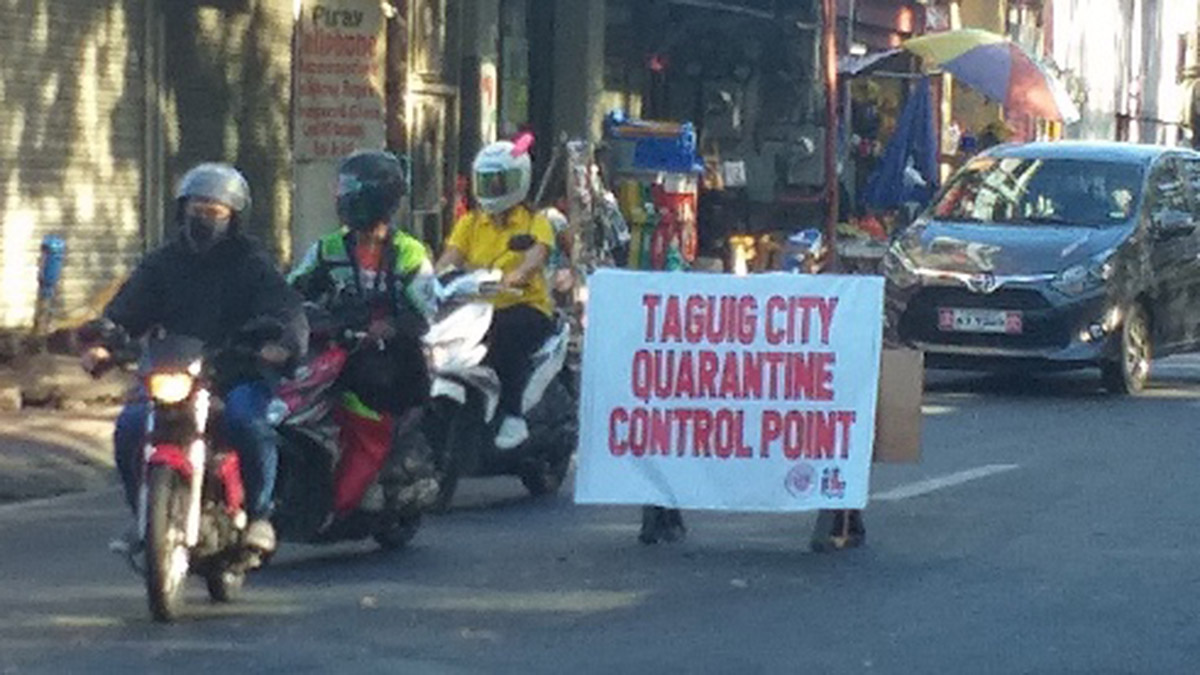Despite the Department of Agriculture’s (DA) assurance that Metro Manila will continue to have a stable food supply despite the coronavirus crisis, how come the price of goods—particularly of vegetables—have continued to surge during the past days?
Reden Roxas, founder of online store and delivery service The Murang Gulay Shop, came up with an explanation: “May problema po talaga sa logistics hanggang ngayon.”
Since September 2019, The Murang Gulay Shop has been sourcing vegetables from farmers primarily from the provinces of Benguet and Pangasinan. However, the declaration of the Luzon-wide enhanced community quarantine as a result of the COVID-19 pandemic has disrupted the transport of produce to Metro Manila, giving other traders an opportunity to jack up their prices.
Cargo trucks from Benguet are held up at several checkpoints and reach Metro Manila only days later. Meanwhile, vegetable farmers from Pangasinan and neighboring areas are not able to transport their harvest because tricycles have been banned from traveling in some areas, even if they’re ferrying foodstuff.
And even if the vegetables do reach the stockroom of The Murang Gulay Shop, many of the company’s 14 full-time riders—servicing different routes in Metro Manila—experience delays in getting orders to customers because some checkpoints refuse them entry despite the DA’s directive to allow them to pass through.
What happens next is that the vegetables are either delivered to another customer or they’re brought back to the stockroom and end up rotting. To avoid food wastage, some of the shop’s employees bring home the vegetables while they’re still a bit fresh.
“There’s no such thing as ‘surge’ in our delivery fee. Everything is at a fixed price, and 20% automatically goes to our riders,” Roxas emphasized.
It’s obvious the instructions given by the national agencies do not reach the field personnel manning the checkpoints. So, Roxas has come up with a plan B: Ask local government units (LGUs) in Metro Manila to allow The Murang Gulay Shop to put up temporary village markets with fixed and announced schedules.
With this setup, the movements of the company’s riders will be confined within a certain area, and they won’t have to deal with so many checkpoints. Mandaluyong and San Juan are being considered as the first areas for this undertaking.
We have to remember, though: This plan will only work with the permission of the LGUs. Do you think these special village markets will help solve the logistics issue of the vegetable supply chain?












